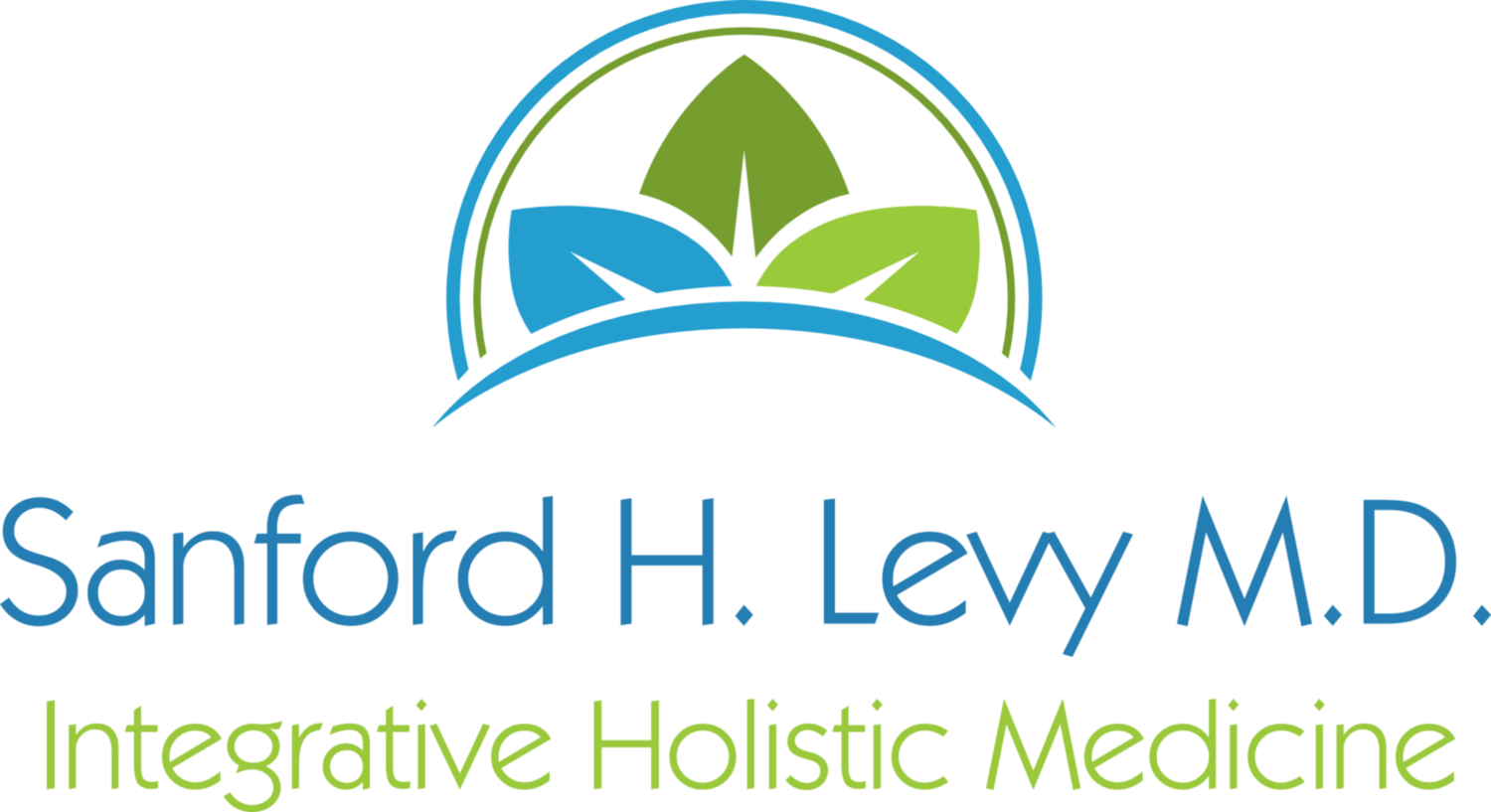Dietary Supplements Doctor in Buffalo, NY
"Dietary supplement" is regulatory term. Dietary supplements include vitamins, minerals, herbs, botanicals, fatty acids, and amino acids which are administered as capsules, tablets, liquids, gels or powders. The FDA regulates dietary supplements based on 1994 Congressional legislation referred to as DSHEA (Dietary Supplement Health Education Act). While the consumer is guaranteed access to a wide variety of supplements based upon this legislation, and guaranteed access to promotional literature and dosage suggestions, quality of dietary supplements is not assured. Although counterintuitive, the contents listed on the label of a dietary supplement do not always correspond to the actual contents in the pill as determined by third party biochemical analysis. There is extensive published documentation of sub-potent products, and also contamination of products with pesticides, herbicides, aftlatoxin, bacteria, PCBs, dioxin, and toxic metals (lead, mercury, and others). At times, third party analysis shows that a toxic solvent used to prepare an extract of an herb remains in the finished product. There are some instances of adulteration of a product, possibly a function of inadvertent misidentification of an herb in its natural environment, such that the herb in the bottle is not the herb on the label. One example of this is skullcap, listed in the Consumer Reports May, 2004 "Dirty Dozen," even though the published literature indicates that the liver toxicity of the product labelled as skullcap was in fact because the herb in the product mis-labelled as skullcap was germander, which is known to be toxic to the liver.
DSHEA in 1994 mandated that the FDA establish good manufacturing practices (GMPs) for dietary supplements. The FDA issued the "Final Rule" for cGMPs for dietary supplements on June 22, 2007, thirteen years after the DSHEA legislation was passed by Congress. The rule ensures that dietary supplements are produced in a quality manner, do not contain contaminants or impurities, and are accurately labeled. The final cGMP and the interim final rule became effective October 24, 2007. The final rule itself, 814 pages, was published in the Federal Register. Some experts have identified concerns with the comprehensiveness of the final rule - two critiques are published in Integrative Medicine: A Clinician's Journal (IMCJ. 2007. 6[5]. 8-9 and 28-31).
Resources at the FDA to monitor compliance of manufacturers with the Final Rule are limited, and thus FDA action tends to be reactive rather than proactive. Thus, the consumer who shops for supplements based on price alone may be purchasing an inferior quality product, or worse, an adulterated or contaminated product. Fortunately, there are a variety of trade groups and private businesses that provide information for the consumer who wishes to purchase high quality products. ConsumerLab.com is a business which purchases a variety of brands of popular dietary supplements off the shelves of health food stores and pharmacies, and from internet sites, contracts for independent analysis of each brand for quality, and posts the results of the independent analysis on its web site. There is a nominal annual fee to subscribe to ConsumerLab.com and access the information posted on the site.
In addition to ConsumerLab.com, there are businesses which certify manufacturers of dietary supplements for Good Manufacturing Practices based on inspection and audit of the manufacturing facility. Certification of manufacturers for high-quality (GMP) manufacturing is available through (1) NSF International, (2) NPA (National Products Association), (3) UL, and (4) USP Verified [ go here for a list of manufacturers who have submitted selected products and brands for verification]. Beware though that even if a company is certified by NSF, NPA, UL or USP, this information is not necessarily included on the product label. Beware also that NPA and NSF certifications address only the chemical composition, not the bioavailability of the herb. USP and ConsumerLab.com do address bioavailability as well as chemical composition. An additional resource is information posted on the website of Emerson Ecologics, a business that serves health care professionals as a distributor for multiple manufacturers. Emerson initiated a quality program in 2010, ranking manufacturers based on a number of criteria. Information is posted here regarding manufacturers who meet the standards to qualify as either "Gold Partner," "Silver Partner," or "Partner." The limitation of this database is that manufacturers who choose not to distribute through Emerson Ecologics will not be listed in any of the categories.
For herbs, it is essential that manufacturers use analytical methods to confirm the identity of the herb (avoid inadvertent adulteration). These analytical methods include HPTLC (high-pressure thin-layer chromatography), HPLC (high performance liquid chromatography) and DNA barcoding (the newest technology). NOTE that DNA barcoding is valuable for analyzing the whole herb, but not necessarily valuable for analyzing extracts, as most of the DNA may be removed with extraction. In 2015, the New York State Attorney General claimed adulteration of some herbal products based on DNA barcoding of extracts; industry experts objected to the conclusions based on misuse of this technology.
Disclaimer: the preceding is intended only as educational information.
Page Updated December 31, 2022
